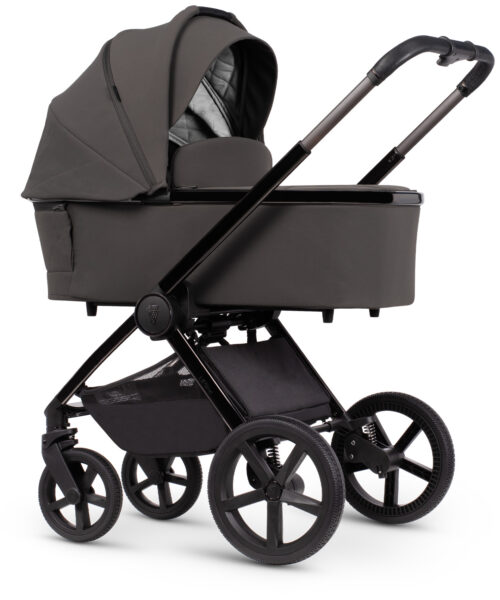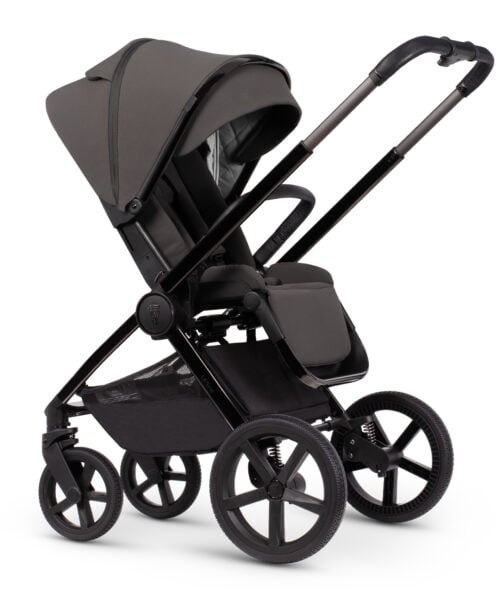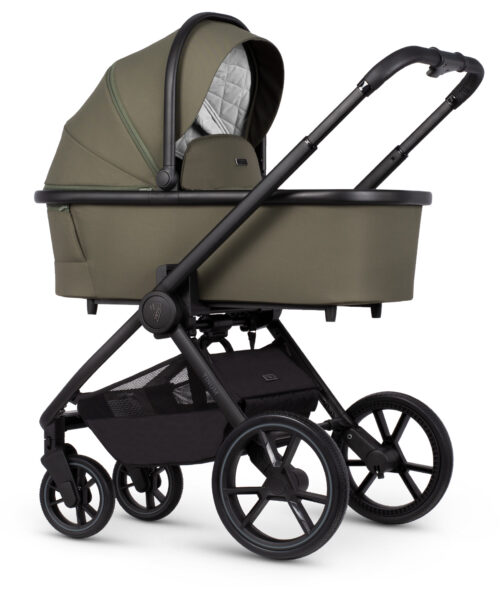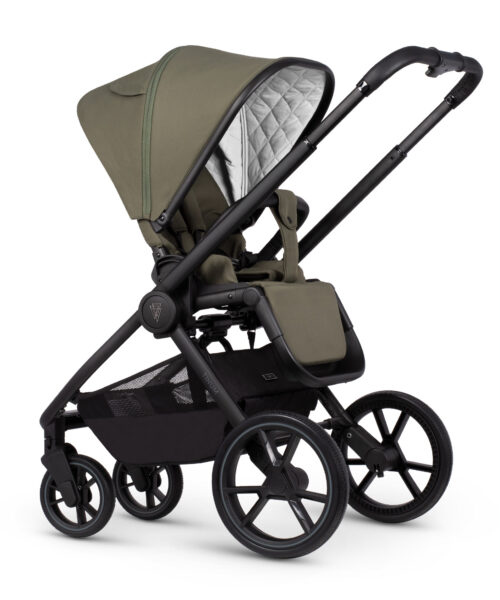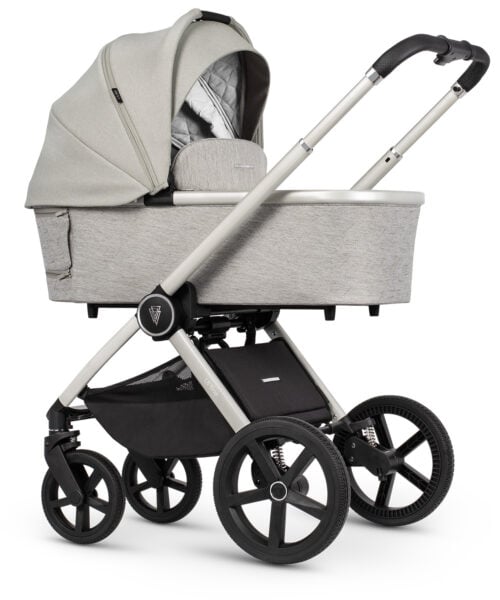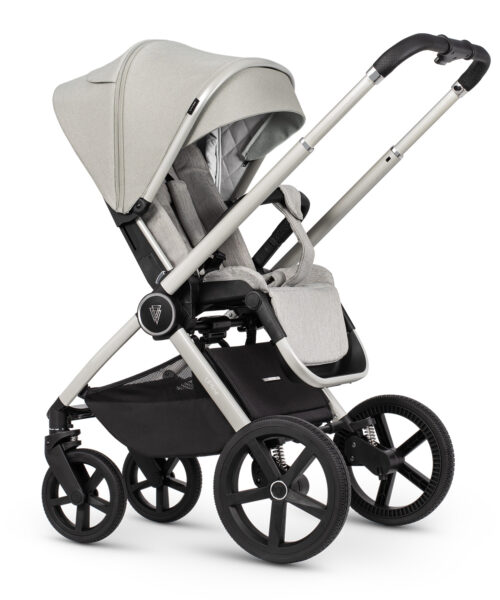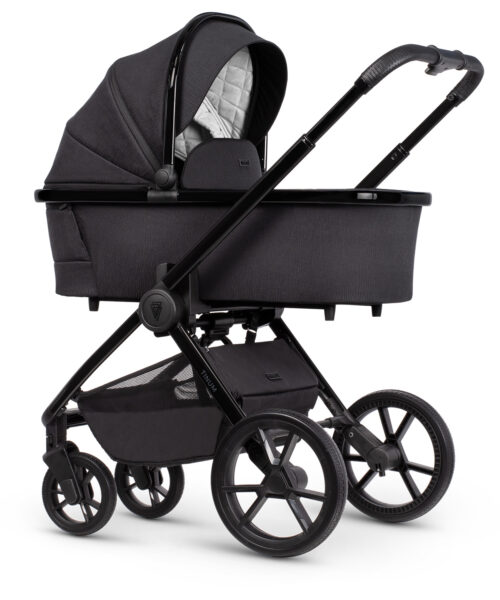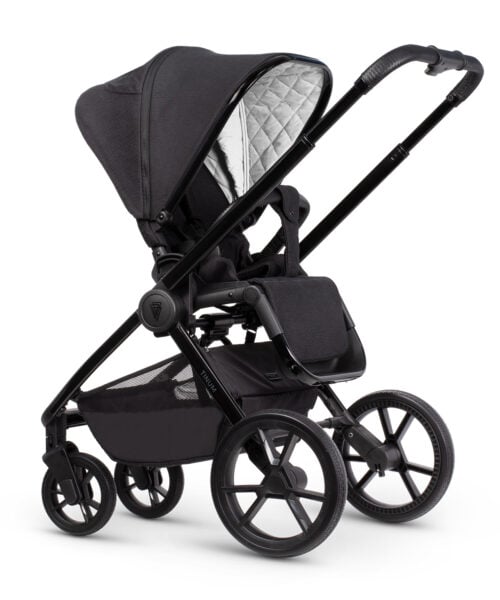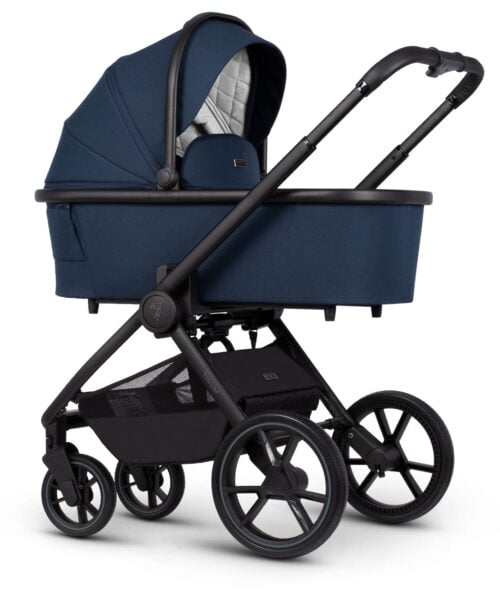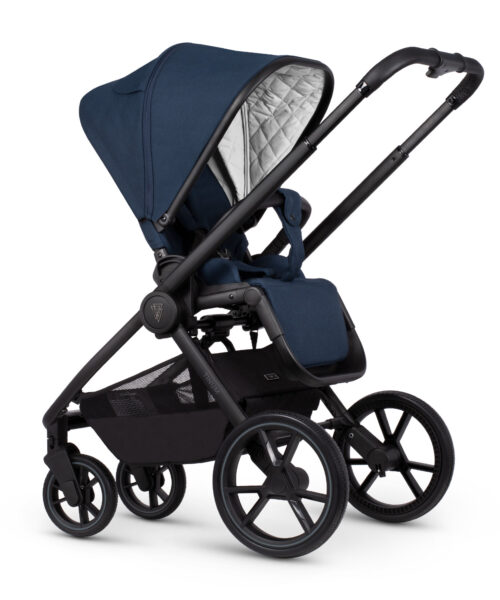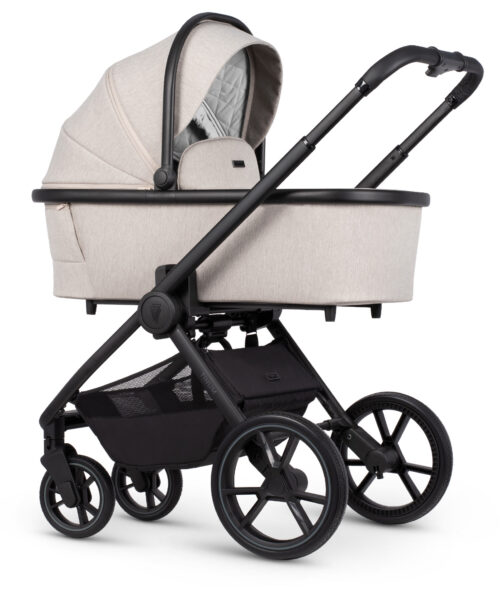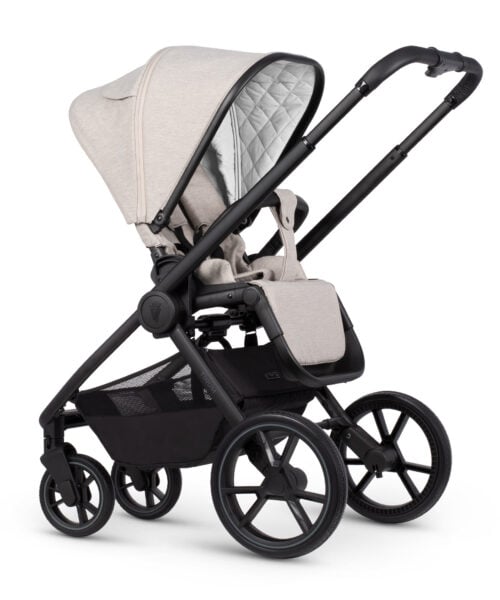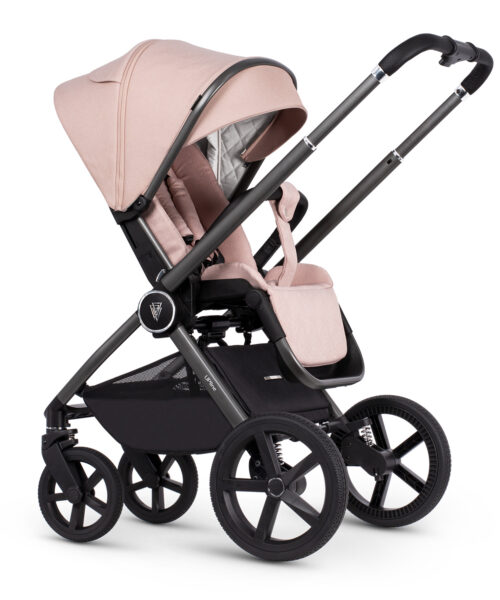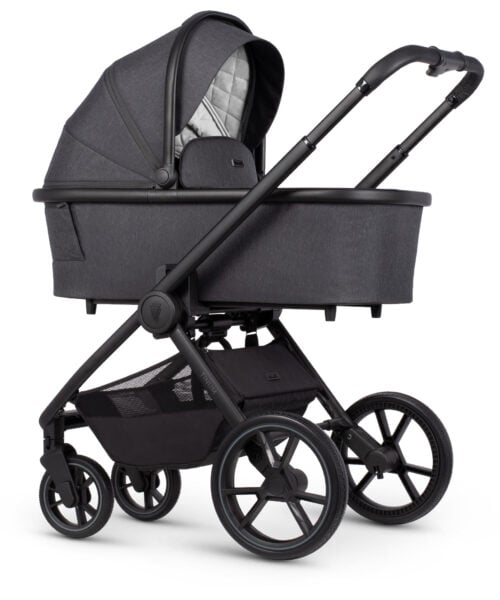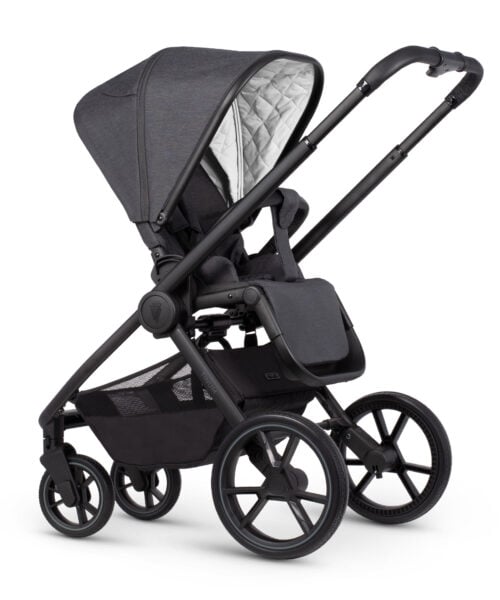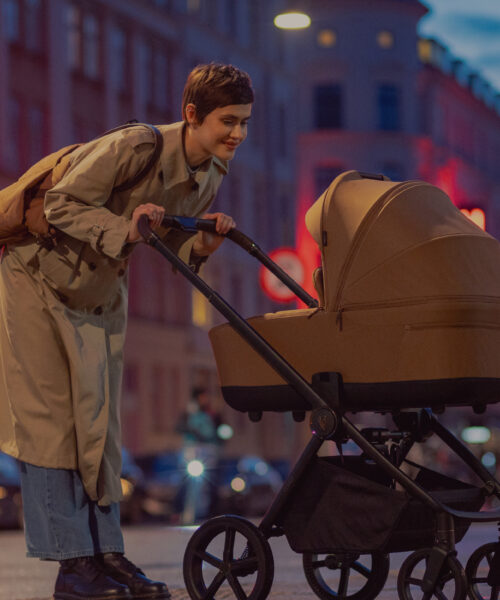Are you about to take your child on the first flight? Your head is probably full of questions concerning your baby's comfort and safety during the flight and how to prepare for it.
And one of the most important things to consider is taking a pram on board a plane. After all, it's your child's primary transport, and having it with you is nice. And undoubtedly – with it, each step of the journey can be easier.
Contents
The general rules for taking prams on board
What are the general rules for taking prams and pushchairs on board an aeroplane, and what steps must be taken at the airport to ensure the journey goes smoothly and as planned?
Providing a universal answer about taking prams and pushchairs on board is difficult, as each airline may have a slightly different policy. This is why it is so important to check these rules directly with the airline, either on their website or by contacting customer services.
However, we highlight some basic rules that are standard to most airlines. This will help you prepare and plan your trip more accurately. We have divided the whole thing into several parts that will show you step by step where to look for information or how to prepare for your flight.
How to check if you can take prams on a plane?
1. Internal policies of the airline
We have already mentioned that the regulations for transporting a pram can be different from one company to another, so your first step should be to check your airline’s terms and conditions. Some may allow you to take the pram on board, while others may require you to declare it as checked baggage.
2. Check-in baggage
If the pushchair is not allowed on board, it must be checked in as baggage. Make sure that the pushchair is securely fastened and folded and does not exceed the permitted measurements and weights.
If the airline’s policy allows you to carry the pushchair as hand baggage, ask if there is an extra entrance for people with it that you can use.
3. Gate check-in
Sometimes, it is possible to leave the pushchair just before boarding the plane and pick it up immediately after landing, allowing it to be used right up to the last minute and increasing convenience at the airport.
4. Storing the pushchairs on the board
If you take a pushchair on board, make sure it is folded correctly to fit in the baggage overhead compartment or under the seat in front of you – just like any standard carry-on baggage. Ensure it is adequately secured so it does not block aisles or emergency exits.
5. Collecting the pram after landing
If you have chosen gate check-in, your baby pram should be ready for you as soon as you leave the plane. Otherwise, you can collect it from the baggage belt.
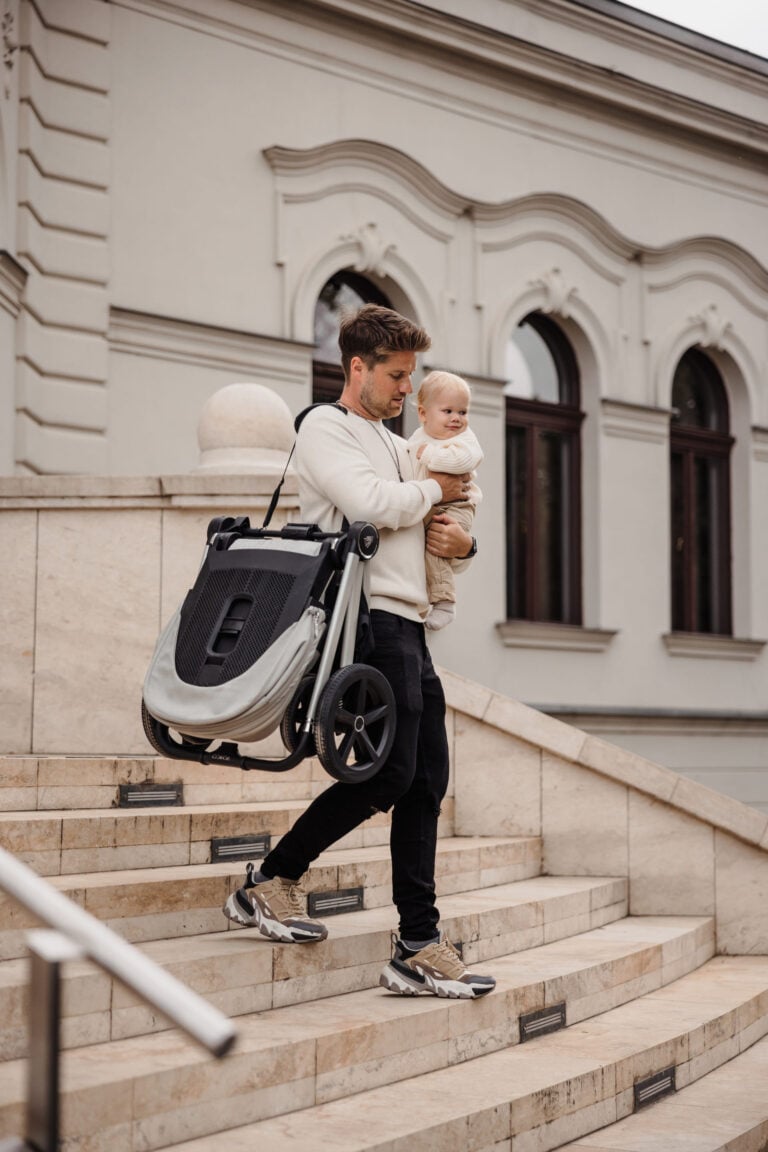
Most popular prams and pushchairs
What prams can you take on a plane?
Although prams and pushchairs are essential for parents and their babies, not all are allowed on board. Again, a lot depends on the airline’s policy, but it’s worth knowing the general regulations to avoid any unpleasant surprises when planning your trip.
The most important rule of the guide is that the pushchair should be foldable and compact when fully folded. That way, it can be easily placed in the luggage compartment. So, if you want to take the pram, pushchair or stroller with you, make sure that it meets the requirements for hand luggage when folded.
In the second situation, a car seat may be the solution, usually accepted on planes and making travelling with a smaller toddler much more manageable.
And finally, the standard measurements for carry-on baggage are approximately 55cm x 40cm x 23cm and 7-12kg. Approximately, as the actual values can differ by a few centimetres from airline to airline (e.g. low-cost airlines generally have slightly smaller dimensions, while easyJet has a bit larger ones), so this is also something to check when booking your ticket. Similarly, when it comes to weight, some airlines are restrictive, and others do not limit allowed weight.
We hope this short guide will make your preparations for travelling with your baby much easier! After all, flying with your baby doesn’t have to be stressful – it should be just another adventure you can share with your little one.
